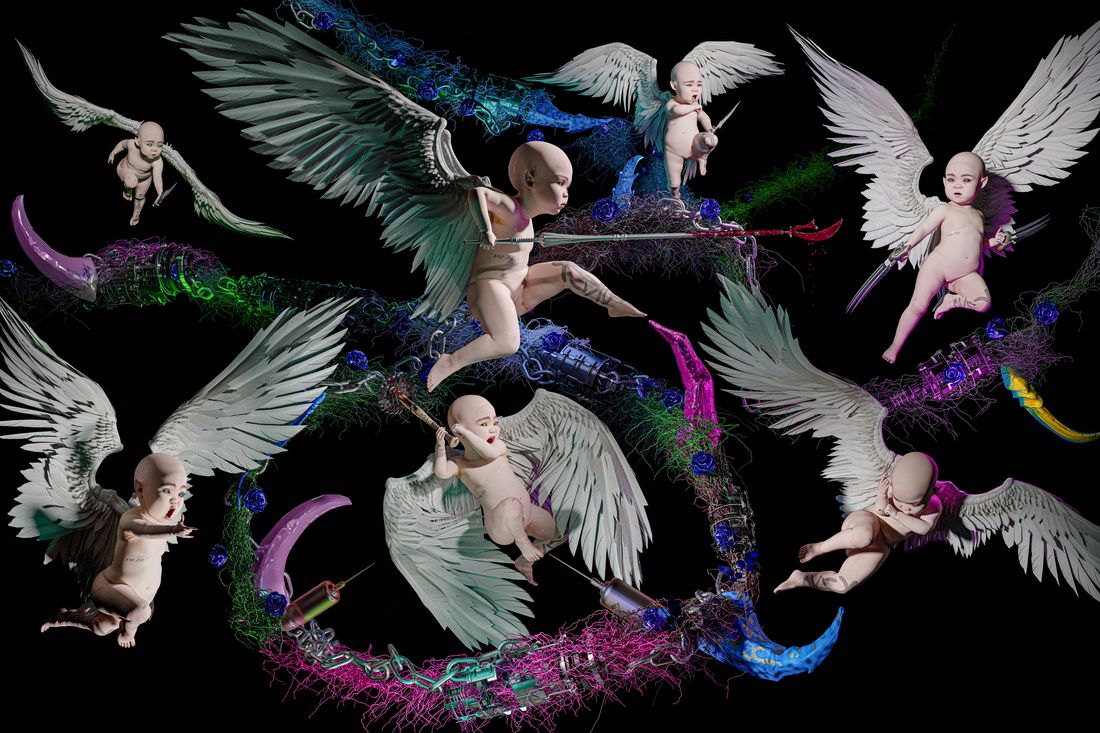NFT drop
Non-fungible tokens (NFTs) have become the hottest topic in crypto. It is no longer a secret as everyone is jumping at the opportunity to create their own NFTs and drop them off to the public for people to buy them.
AN NFT drop is something you see every single day, so it is essential to understand all aspects surrounding drops.
Simply put, an NFT drop refers to a digital event where there is a release of an NFT collection to the public. The main reason for the release is mainly for sale and promotion. The blockchain project fixes the drop event’s scheduling at a date and time.
Many NFT drops come with purchase limits, applying to the number of NFTs you can mint in one transaction. Purchasing at drop time is a great way to save money as well.
NFT drops seem like they are not ending anytime soon with their abundance. This is because brands and businesses are taking advantage of this tech.
In simpler words, NFT drops are similar to the limited-edition collectibles released by popular brands and celebrities. Interested collectors and investors then pay for them.
Not every NFT drop is the same. Drops vary as per the project’s design and marketing tactics. Some projects ask you to mint the NFTs on a specific date and time. On the other hand, others require you to follow a set of instructions before enabling you to purchase the collectibles. Some even have a waitlist for their users for those who want to acquire the NFTs.
There are some drops, as we see;
They are by far the most common type of token drops, which allows the minting of NFT collection by buyers on a priority basis. With the first-come, first-serve rule, users can buy the collectibles until the last bit of their limited-edition NFTs are sold out.
With the help of smart contracts, projects can also limit how many NFTs a single wallet can hold to still allow wide distribution and participation.
At English auctions, selling assets takes place through bids, starting from a lower value to a higher value. The one who makes the highest bid wins the asset. In NFTs, platforms and marketplaces take the auctioning responsibility for artists who are on the side of selling limited 1/1 NFTs.
In an open edition sale, buyers can mint the NFT collection for a set period before the window closes. The NFT collection features the total number of digital assets minted in the time frame. This drop type seeks to create a particular urgency and hype, tempting more users to participate in the project.
Finding promising NFT drops is tricky as more projects are searching for a chance to cash in on the hype. However, it is good to note that not every NFT will bring some profit into your pockets. Some may end up draining them too.
There are various ways to find credible NFT drops, but be ready to DYOR for you to get a chance with authentic NFTs.
The best places to find NFT drops include;
Finding the next best non-fungible token project can be extremely exciting. However, there are some things you should avoid when going all-in on an NFT drop:
There can be some very tempting urges to dive into a new drop. This comes with the fear of missing out, making you mint your entire paycheck away. That is not the way. DYOR on the projects when acquiring your digital asset on drop day.
To make the most out of an NFT drop, some things are necessary for any buyer:
NFTs have been nothing short of a digital miracle. However, not every token is an opportunity of a lifetime. One should look for a few things in an NFT collection, including utility, rarity ranking, artist’s credibility, etc.
Scammers find their way into the industry through rug pulls to take advantage of unsuspecting buyers by having some fake hype around fake projects.
Try researching the developers and artists behind the collection before jumping on the hype.
Participating in an NFT drop enables one to collect a digital item at its lowest price, which might allow you some decent returns on the investment.
NFT drops operate as a business’s opening day. They take advantage of marketing tactics and advertising across multiple platforms.
However, before buying, research, invest in things you love, and do not risk more than you can afford to lose.
Vincent Munene is a freelance writer and a great blockchain enthusiast. Blockchain has changed his life in terms of financial freedom and in return, he likes to educate people and keep them up to date on everything blockchain. He is a Biochemist by profession and also loves to play the piano.
DeFi is booming and has started to take market share from traditional financial institutions. But what makes DeFi so great?…
Thorchain’s native coin RUNE is currently under the top 100 coins in terms of marketcap. The protocol has achieved some…
The decentralized finance (DeFi) landscape has many opportunities but is also susceptible to different types of attacks. Illegal activities occur…
Your email address will not be published.
Subscribe to our mailing list to receive daily updates!
Blockzeit was founded in 2021 in Switzerland with the mission of bridging the gap between the complex blockchain technology and the general public. Blockzeit is a news and education platform that aims to make blockchain more accessible and bring more transparency to the scene.
For guest posts, contact us via info@blockzeit.com
Contact: info@blockzeit.com
Press: press@blockzeit.com
Disclaimer
© 2021 Blockzeit by Blockzeit.

